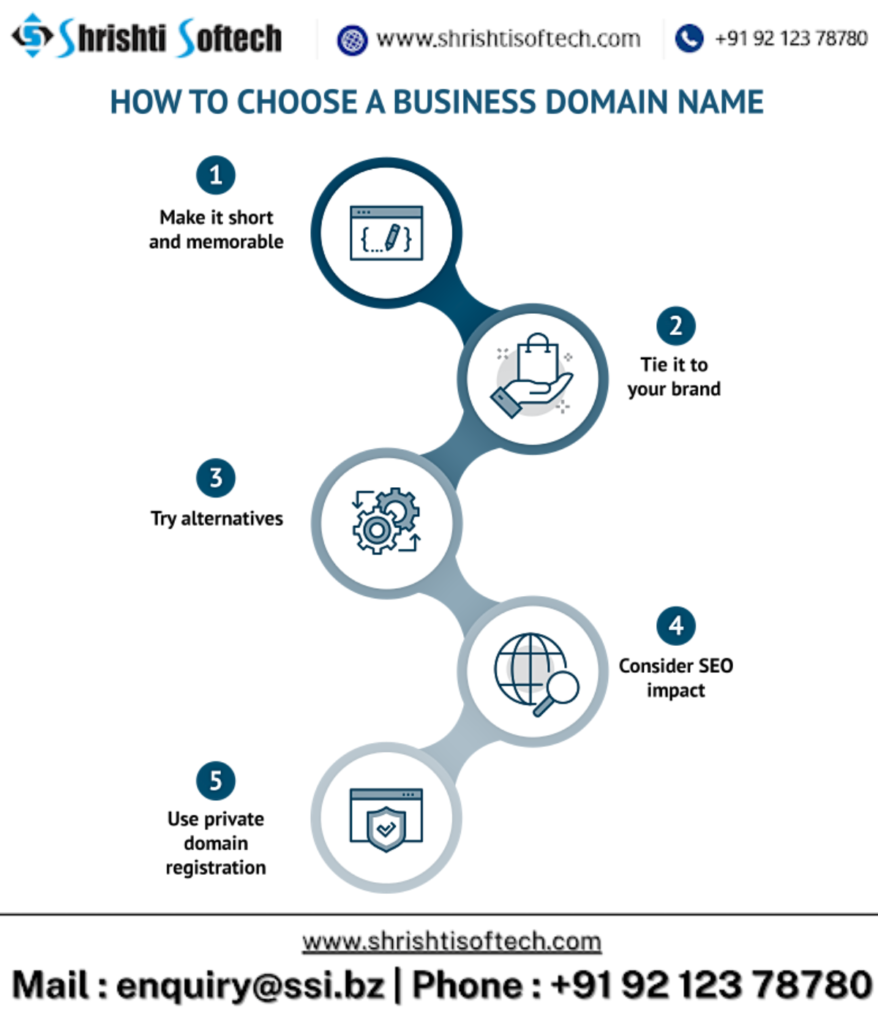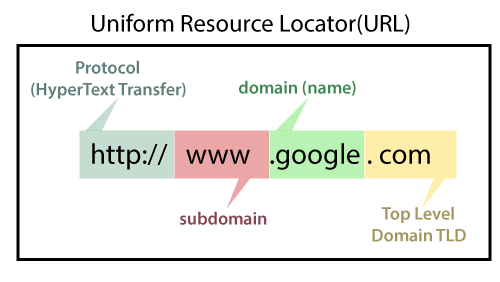
Safeguarding Your Business and Customers : A Comprehensive Guide to Data Privacy
Data privacy is a critical concern for businesses in today’s digital age. As technology advances and data-driven decision-making becomes a norm, protecting sensitive information has become a top priority. Whether you’re a startup or an established enterprise, ensuring data privacy should be an integral part of your business strategy. In this blog, we’ll explore the significance of data privacy for businesses, its legal implications, and best practices to safeguard your customers’ data.
Understanding Data Privacy and Its Importance :
The first section of the blog will delve into the concept of data privacy and its significance for businesses. We’ll discuss the various types of data that businesses collect, store, and process, including personal information, financial data, and sensitive corporate data. Highlighting real-life examples of data breaches and their consequences will underscore the importance of prioritizing data privacy.
Legal Landscape and Compliance :
The legal aspect of data privacy is crucial for businesses to comprehend fully. This section will explain relevant data protection laws, such as the General Data Protection Regulation (GDPR), California Consumer Privacy Act (CCPA), and other regional and industry-specific regulations. It will explore the implications of non-compliance, including hefty fines and reputational damage, and offer insights into building a robust data privacy compliance framework.
Challenges and Risks :
Data privacy doesn’t come without its challenges and risks. This section will outline common obstacles faced by businesses, such as insider threats, third-party risks, and the potential impact of emerging technologies like artificial intelligence and the Internet of Things (IoT). By acknowledging these challenges, businesses can better strategize their data protection measures.
Data Privacy Best Practices for Businesses :
Here, we’ll delve into practical steps that businesses can implement to strengthen their data privacy practices. From conducting regular data audits and adopting encryption techniques to employee training and establishing incident response plans, these best practices will empower businesses to build a robust and proactive data privacy framework.
Building Customer Trust :
Data privacy is directly linked to customer trust. This section will explore the significance of transparency in data collection and processing practices, the need for clear privacy policies, and the importance of seeking explicit consent. By prioritizing customer trust, businesses can cultivate long-lasting relationships and secure a competitive advantage.
Data Privacy and Marketing :
Marketing plays a significant role in data collection, often blurring the line between personalization and intrusion. This section will discuss ethical marketing practices and how businesses can strike a balance between personalized advertising and respecting customer privacy.
Conclusion :
In conclusion, this blog will emphasize the critical nature of data privacy in businesses and the steps they must take to protect both their customers and themselves. By adopting a proactive data privacy approach and staying compliant with relevant regulations, businesses can not only mitigate risks but also enhance their reputation and build a loyal customer base. Prioritizing data privacy is not just an ethical responsibility but also a strategic decision that can shape the future success of any business.










